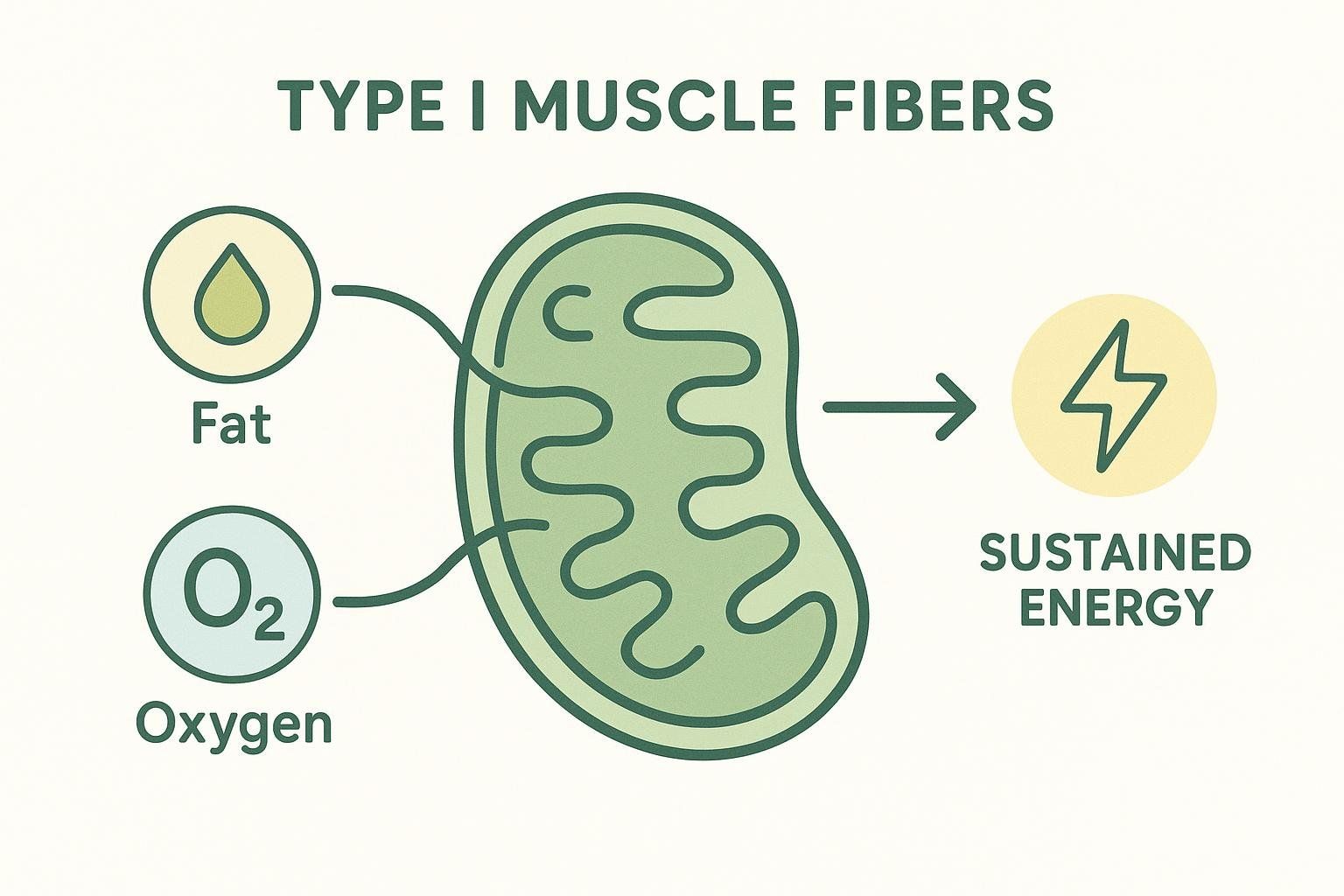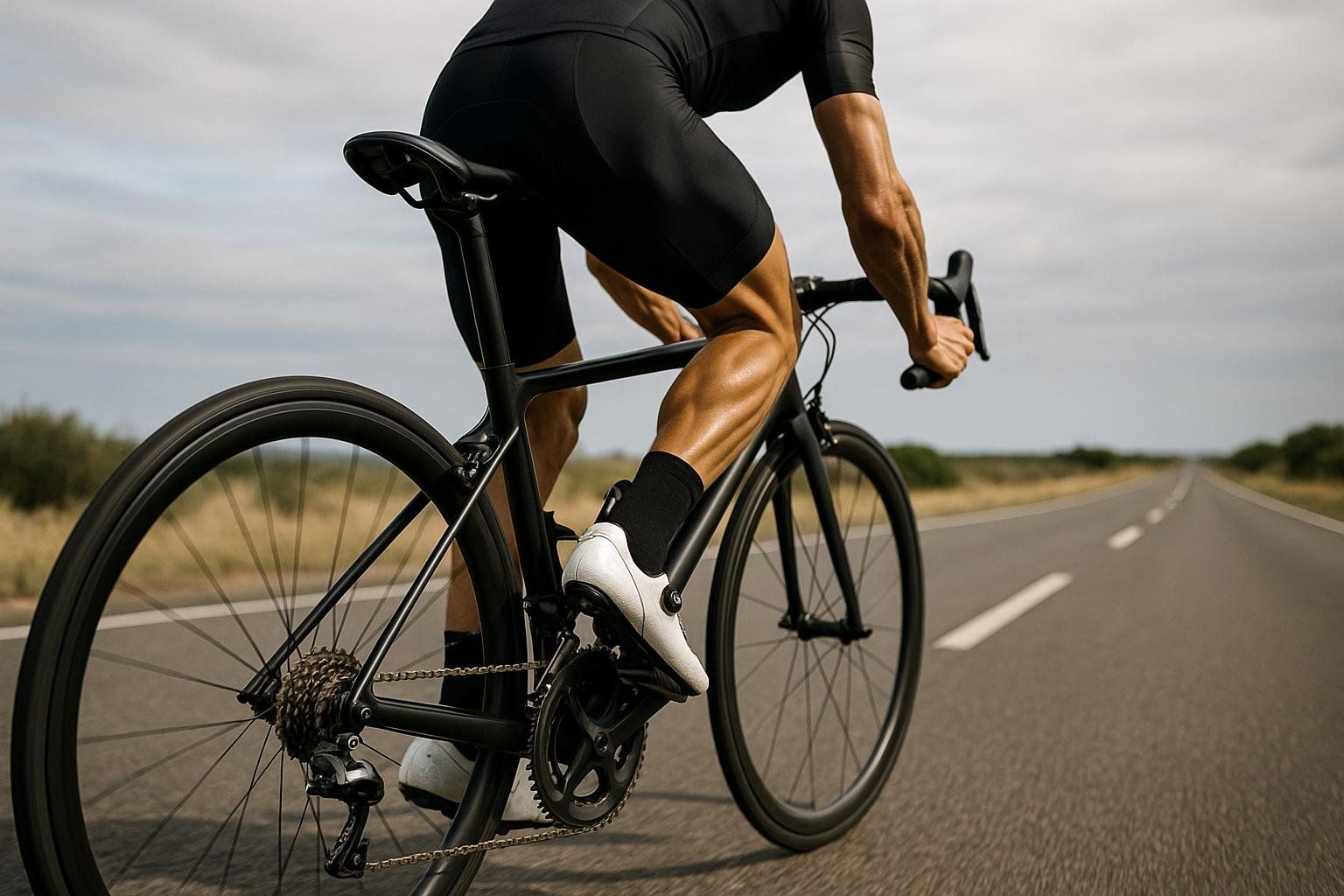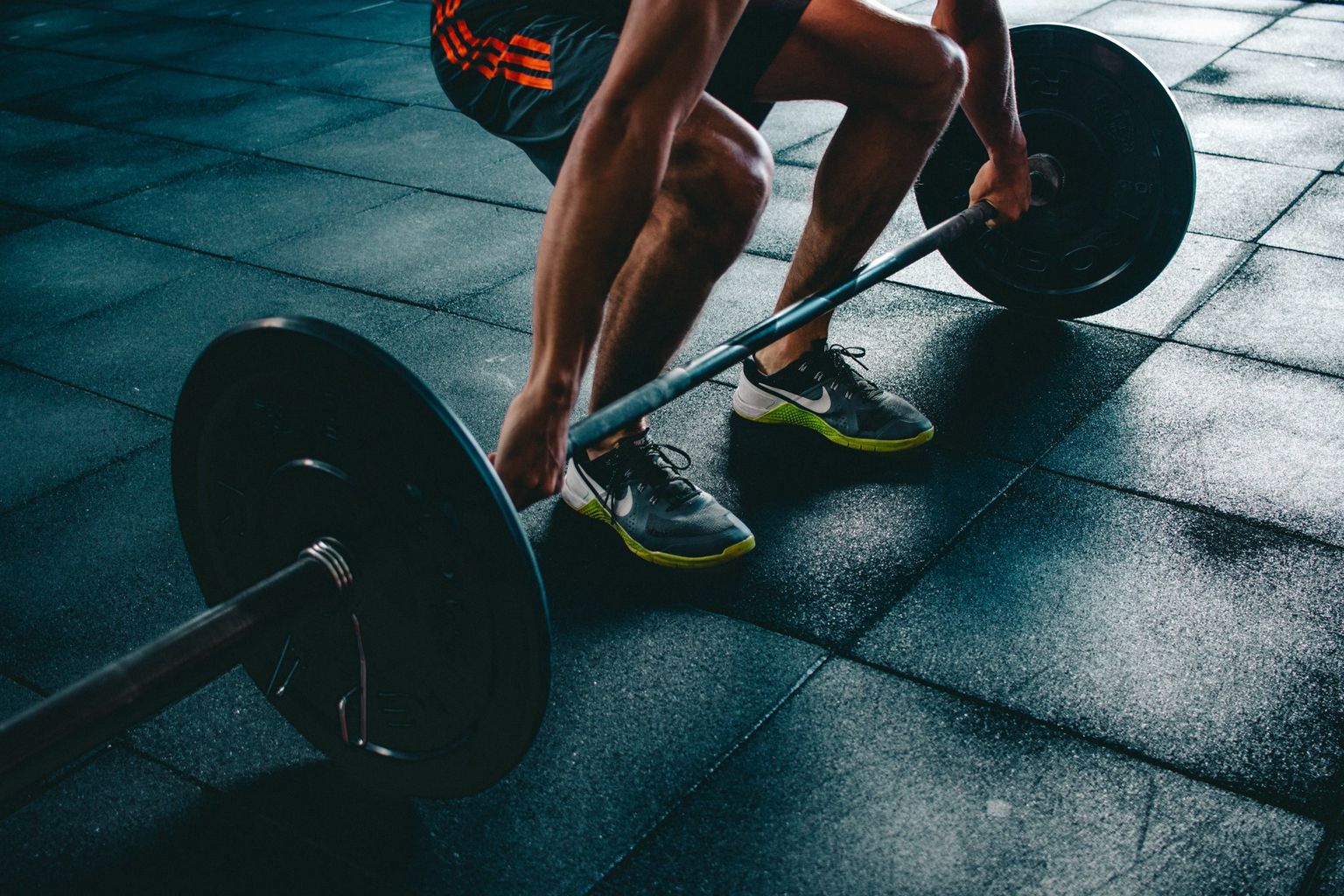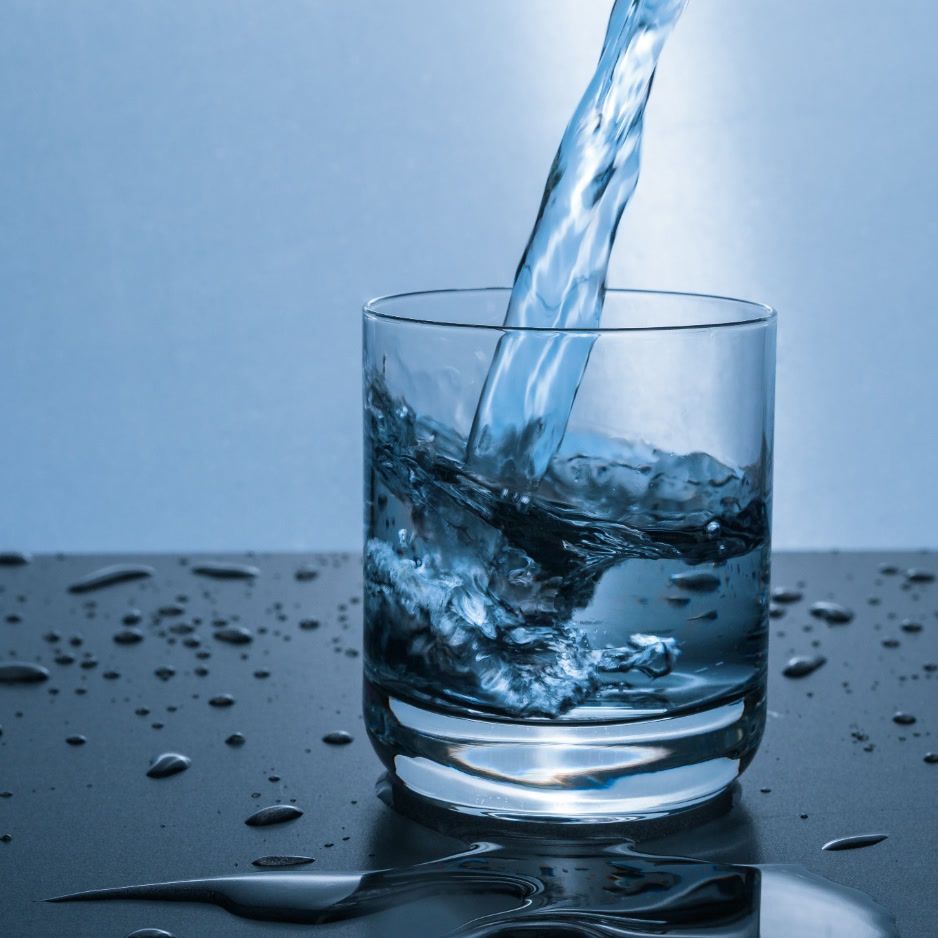Type 1 Muscle Fibers: Slow-Twitch Physiology & Training

Type 1 Muscle Fibers: Slow-Twitch Physiology & Training
TL;DR (2-Minute Summary)
- Type I (slow-twitch) muscle fibers contract slowly, resist fatigue, and rely mainly on aerobic (oxidative) metabolism. Khan Academy, n.d.
- They are packed with mitochondria, myoglobin, and capillaries, giving them a deep red color.
- Endurance activities like long-distance running, cycling, or hiking preferentially recruit Type I fibers.
- Research shows endurance and low-load, high-volume resistance work can increase Type I oxidative capacity and even shift some Type IIa fibers toward a slower phenotype. Frontiers in Physiology, 2021
- Aging and certain diseases preferentially shrink Type II (fast-twitch) fibers, making Type I relatively more abundant—yet preserving both types is key for balanced performance and metabolic health. PMC, 2019
- BodySpec DEXA scans track changes in lean mass supported by your muscle fibers, and metabolic testing reveals how efficiently those fibers use oxygen.
Table of Contents
- What Are Type I Muscle Fibers?
- Cellular Anatomy & Histology
- Energy Metabolism and Oxygen Utilization
- Performance Implications
- Evidence-Based Training Strategies
- Clinical Relevance & Aging
- How BodySpec Can Help You Track Adaptations
- FAQs
- Key Takeaways
What Are Type I Muscle Fibers?
Type 1 muscle fibers, also known as slow-twitch fibers, are one of the two major categories of skeletal muscle cells. Compared to Type II (fast-twitch) fibers, they:
| Feature | Type I (Slow-Twitch) | Type II (Fast-Twitch) |
|---|---|---|
| Contraction speed | Slow | Fast |
| Fatigue resistance | High | Low-to-moderate |
| Primary fuel | Fatty acids & glucose via oxidative phosphorylation | Phosphocreatine & glucose via anaerobic glycolysis |
| Mitochondrial density | High | Low |
| Capillary density | High | Low |
| Color | Dark red (high myoglobin) | Pale pink/white |
These characteristics make Type I fibers the workhorses for activities requiring sustained force output—think maintaining posture, climbing a long hill, or holding a yoga pose.

Genetics vs. Training
Your baseline fiber split is largely genetic—elite marathoners may have >80 % Type I fibers, whereas sprinters trend the opposite. However, training volume, intensity, and modality can shift Type IIa fibers toward slower, more oxidative behavior, improving fatigue resistance without changing genetics. Frontiers in Physiology, 2021
Cellular Anatomy & Histology
Under the microscope, slow-twitch fibers reveal several distinctive traits:
- Mitochondria: Up to 2–3 × the volume found in fast-twitch cells, enabling steady ATP production. Nature, 2024
- Myoglobin: An oxygen-binding protein that gives Type I its dark hue and facilitates diffusion from blood to mitochondria.
- Capillary Network: Dense micro-vasculature surrounds each fiber to keep oxygen flowing.
- Oxidative Enzymes: High succinate dehydrogenase (SDH) and citrate synthase activities serve as histochemical markers during ATPase or SDH staining.
Energy Metabolism and Oxygen Utilization
Slow-twitch fibers tap primarily into oxidative phosphorylation—the 36-ATP-per-glucose powerhouse happening inside mitochondria.

- Fuel Flexibility: During low-to-moderate intensity work, Type I burns a higher percentage of fat. As intensity rises, carbohydrate oxidation ramps up.
- Lactate Handling: Because pyruvate is shuttled into the mitochondria rather than fermented, slow-twitch fibers generate minimal lactate and delay the “burn.” Khan Academy, n.d.
- AMPK & PGC-1α Activation: Repeated endurance bouts activate these signaling hubs, stimulating mitochondrial biogenesis and angiogenesis.
Performance Implications
- Endurance Capacity – High mitochondrial and capillary density translates to superior VO₂ max and lower heart-rate drift.
- Recovery Speed – Efficient oxidative metabolism clears metabolites quickly, reducing DOMS and letting you train again sooner.
- Postural Support – Deep core and spinal stabilizers are Type I-heavy, helping you sit or stand for hours.
- Economy of Movement – Elite cyclists with a greater proportion of slow-twitch fibers use less oxygen at a given power output, improving cycling economy. J Physiol, 2007

Evidence-Based Training Strategies
Speak with a qualified coach or healthcare professional to tailor the following guidelines to your individual needs and medical status.

The following table outlines research-supported protocols for targeting Type I fiber adaptations.
| Goal | Method | Weekly Dosage | Why It Works |
|---|---|---|---|
| Increase mitochondrial density | Zone 2 steady-state cardio at 60–70 % HRmax | 3–5 × 30–60 min | Prolonged oxygen demand up-regulates PGC-1α. |
| Enhance capillarization & fat oxidation | Long slow distance (LSD) > 90 min at conversational pace | 1 session | Extended duration recruits near-max slow-twitch population. |
| Improve lactate threshold | Tempo runs/cycling at 80–85 % of functional threshold power (FTP*) | 1–2 × 20–40 min blocks | Pushes aerobic metabolism close to its ceiling. |
| Maintain muscle mass while focusing on endurance | Low-load resistance training (30–40 % 1RM†) × 15–40 reps, short rest | 2 sessions | Stimulates Type I fibers without excessive central fatigue. |
*FTP = Functional Threshold Power
†1RM = One-Repetition Maximum

Sample 1-Week Microcycle
To illustrate how these principles combine, here is a sample training week:
- Mon: Zone 2 run 45 min
- Tue: Low-load full-body circuit (3 × 20) + core
- Wed: Rest / mobility
- Thu: Tempo bike 2 × 20 min @ 80 % FTP
- Fri: Zone 2 swim 30 min + yoga
- Sat: Long hike 2 hrs
- Sun: Rest
Clinical Relevance & Aging

- Sarcopenia: Aging preferentially atrophies fast-twitch fibers, but mitochondrial function in remaining slow-twitch cells can also decline. Resistance plus endurance training helps preserve both. PMC, 2019
- Type 2 Diabetes: Impaired oxidative capacity can worsen glucose intolerance; exercise interventions that boost Type I function improve insulin sensitivity.
- Muscular Dystrophies: Research into mitochondrial stabilization aims to exploit slow-twitch resiliency for therapeutic benefit.
For an in-depth look at age-related muscle loss, see our sarcopenia guide.
How BodySpec Can Help You Track Adaptations
- DEXA Body Composition Scans – Monitor changes in lean mass as you implement endurance training; see our complete guide to DEXA scans.
- Metabolic Testing (RMR) – Quantify your oxidative efficiency and see real-time improvements in substrate utilization; learn about the RMR test.
- Actionable Reports & Coaching – Our experts interpret your data and translate it into personalized training tweaks.
See how your training impacts your body composition by booking a DEXA scan and tracking your progress.
FAQs
Do women have more Type I fibers than men?
Generally, yes—meta-analysis of over 110 studies found women possess a modestly higher proportion of Type I fibers than men, which may contribute to superior fatigue resistance in ultra-endurance settings. Muscle Fiber Meta-analysis, 2023
Can you convert fast-twitch into slow-twitch fibers?
Total conversion is rare, but Type IIa fibers are highly plastic and can adopt slow-twitch characteristics (more mitochondria, capillaries) after months of endurance training.
How long until I notice endurance gains?
Mitochondrial enzyme up-regulation begins within 4 weeks; measurable VO₂ max changes often appear by 8–12 weeks with consistent training.
Will focusing on Type I make me weaker?
Not if you maintain some strength work. Periodize: keep at least 1–2 heavy sessions weekly to preserve fast-twitch power.
Key Takeaways
- Type I fibers are endurance specialists—engineered for oxygen use, fat metabolism, and fatigue resistance.
- Training variables like intensity, duration, and load can enhance their capacity and even shift Type IIa behavior.
- Objective data from BodySpec assessments verify progress and guide evidence-based adjustments.
Building robust slow-twitch capacity enhances endurance performance today and supports metabolic health for the long term.


